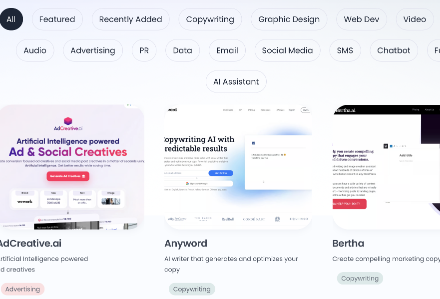We spent all of Q4 2022 doing extensive research and experimentation with short form vertical videos.
Our goal was to figure out what works and what doesn’t so that we could share these insights with our clients and use them for ourselves.
We spent months testing and have boiled down our key learnings for you into this week’s newsletter.
But first, let me tell you about why we did it…
Why we started caring about short form video & why you should too.
Short form video is a hot topic. For the past 2-3 years, it has felt like it’s all anyone can talk about when it comes to social media. In these years, short form video (and TikTok in particular) has surged in popularity.
Users now spend a whopping 1.5 hours/day on TikTok alone. That’s not even counting other video platforms like Instagram Reels, Youtube Shorts or Facebook Reels.
New creators are making careers on the platform and TikTok has already surpassed Google as the go-to search engine for Gen Z. But it’s not just for young people anymore. The age of TikTok’s average user has been trending up in recent years. Now more than half of users are 30+ years old.
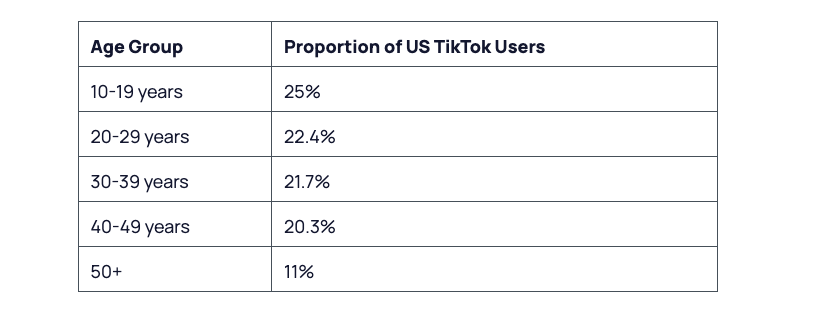
This got us curious
Last year, we saw this growth rate (with no signs of slowing down) and we got extremely interested.
As a marketing agency, we have to stay ahead of the curve on trends and best practices. We need to learn how to leverage new platforms early so that we can teach our clients.
Plus we are just a bunch of marketing nerds. We love to geek out on this stuff and this kind of testing is fun for us.
We decided to do a sprint to learn as much as we could about short form video. We spent all of Q4 2022 running a ton of tests around short form video as a medium.
When we set out, we had a handful of questions on our minds. Here are just a few:
- Can the short form video medium work for B2B?
- What makes for a good vs. bad video?
- What sort of videos do the algorithms favor?
- Which of the video platforms is best?
We designed dozens of experiments in order to help us answer these questions and more. Then, we got to work filming, editing, and posting.
We learned a ton along the way and are excited to share our key takeaways with you.
But first, let’s get one thing straight…“short form” just means a short video. It doesn’t mean TikTok.
When people hear the term “short form video,” they tend to think of TikTok. And with good reason — TikTok has become one of the most popular platforms for short form content creators and brands to post their work and get noticed.
However, “short form” just means a shorter version of something. Making short form videos doesn’t mean you have to do silly dances or lip-sync songs in order to succeed!
There are all kinds of ways companies and individuals can make mature and professional videos (that just happen to be short). Most people choose to do this by creating educational content. But that is not the only option.
Plus, there are plenty of platforms beyond TikTok where you can upload your videos — LinkedIn, Instagram Stories/Reels, Facebook, and YouTube Shorts are some examples.
All right, enough setup. Let’s dive into what we learned…
1) You need a good hook.
If you want people to watch your short form video, you need a good hook.
A hook is something that grabs the viewer’s attention in the first 2 seconds and convinces them to stay and watch the rest of the video. At its core, a hook is your opportunity to tell the viewer what your video is going to be about and why they should care.
Hooks come in two forms — positive and negative. Both can be successful and which type you should choose depends on the situation.
So you can understand what I mean, here are some examples that Reel Axis could have used for videos. These all apply to our marketing niche:
Positive hook examples:
- How I generated 50 leads in 9 days…
- What I learned from making my first 100 short form videos…
- I wish I knew about this marketing tool earlier…
- The #1 way to build a steady lead pipeline is…
Negative hook examples:
- You won’t get any new qualified leads if you’re still making this mistake…
- Cold callers, stop doing this…
- The biggest mistakes every new marketer needs to avoid…
- 4 email subject lines to never use again…
The sky is the limit when it comes to writing strong hooks. But every video you make must have one.
Hooks & SEO
Once you decide on an attention-grabbing hook, the next step is to make sure that you get the maximum search engine optimization (SEO) benefit out of it. All the short form video apps are starting to optimize for search. That means they use standard SEO principles.
What’s the bedrock of any SEO focused algorithm? Keywords.
In order to give your video the best chance of ranking for the words you care about, it’s important to not only say them out loud in your video, but also put them in the on-screen text.
Inside the apps, you have the option to add your hook as on-screen text. Always do this! This is one of the main ways you can teach the algorithm what type of content it should expect from you.
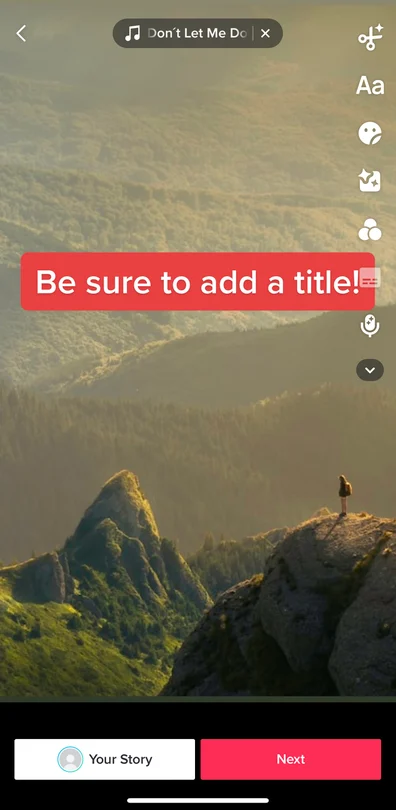
If you’re editing your videos in another software, be sure that you still do this step inside of the social media app. Otherwise, you do not get the SEO benefit.
2) Add a pattern interrupt every 2 seconds.
Attention spans are rapidly shrinking. According to one study, in 2004 the average attention span was 2.5 minutes. Today it’s down to 75 seconds.
Clearly, people get bored when you don’t keep things fresh and exciting. Social media platform companies know this. Their main objective is to keep people on their app for as long as possible. So, they favor content that keeps people inside the app for long periods of time.
If I make an Instagram Reel that people watch for an average of 4 seconds, but you make a Reel that people watch for 30 seconds, your video is much more valuable to Instagram. Their algorithm will prefer your video and show it to more people.
All of the short form video apps measure and care about the average watch time per video. You need to optimize for this.
How do you do that?
Incorporate frequent pattern interrupts into your videos. These should come about every 2 seconds. Pattern interrupts are things that draw the viewer’s attention back in.

For example, change the camera angle, zoom in on your face, make a hand gesture, insert B-roll, show a photo overlay, add on-screen text, put a new subject in the shot, etc.
These pattern interrupts keep people from getting bored and keep them watching your videos for longer.
3) Cross-post, but without the watermark.
Making videos takes work. Making unique videos for every single platform out there… that’s basically impossible unless you hire a multi-person video team.
So what do you do? Crossposting — this means sharing your content on multiple platforms at once.
But here’s the rub.
Each short-form video platform thinks that they’re the big cheese. They want to house exclusive content on their platform. Meaning, they want you to make videos tailored to their platform, and only post them on their app. They don’t like it when you take a video from another platform and post it to theirs.
In an attempt to prevent cross-posting, most apps add a watermark to any videos you share or export. This way, if you post to another platform, the viewer can see where your video originated.
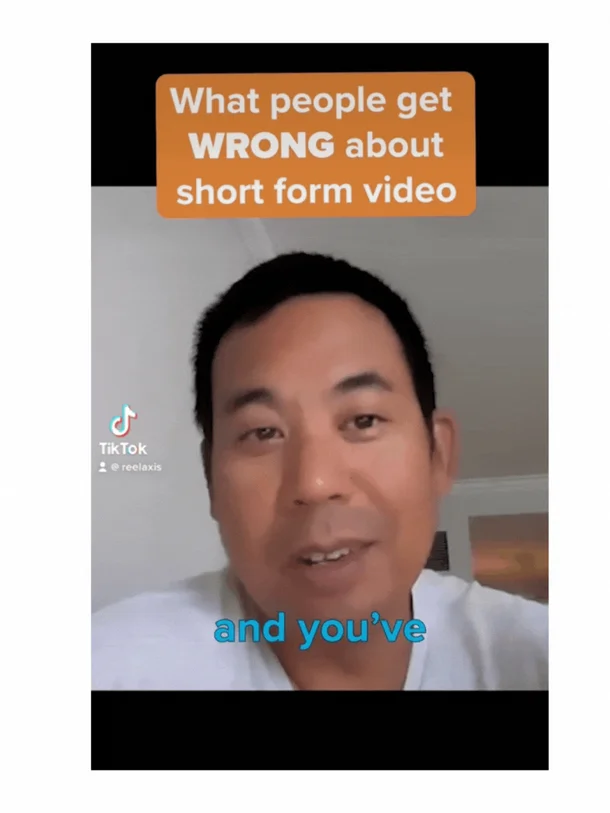
The thing is, the algorithms hate watermarks. If I post a video with a TikTok watermark to Instagram, I’m basically guaranteeing that Instagram is going to bury that video under content from other users.
Luckily for us marketers, there are several tools out there that allow you to remove the watermark from videos. SnapTik is the one we use, but there are lots of others.

So, cross-post until your heart’s content. Just be sure to remove the watermark first.
4) Upload your video straight to the platform. Don’t post a link.
Platforms like TikTok, LinkedIn, Instagram, YouTube, and Facebook are all in a battle for our attention. Once again, they all want exclusive content housed on their platform. This means that people are spending time on their site vs. their competitors.
As you can imagine, these sites really don’t like it when you post a link to one of their competitor’s sites.
If you’re planning to cross-post videos across platforms, be sure to upload the video file to each platform individually. Do not just add a link to a video hosted on another site. That’s another great way to ensure your video never sees the light of day.
5) Don’t underestimate LinkedIn.
LinkedIn is still the premiere channel for B2B and professional content. If your video content is business related, then be sure to post your videos to LinkedIn too.
This can be especially helpful if you’re just getting your feet wet with short form video. Your connections on LinkedIn are your network. They’re much more likely to watch and engage with your content than people on TikTok or Instagram. The majority of who have never heard of you or your business.
LinkedIn also has a major supply and demand problem. Only 1% of users create content there. That means that there are a lot of eyeballs on a relatively small amount of content. It’s much easier to get noticed there compared to other platforms.
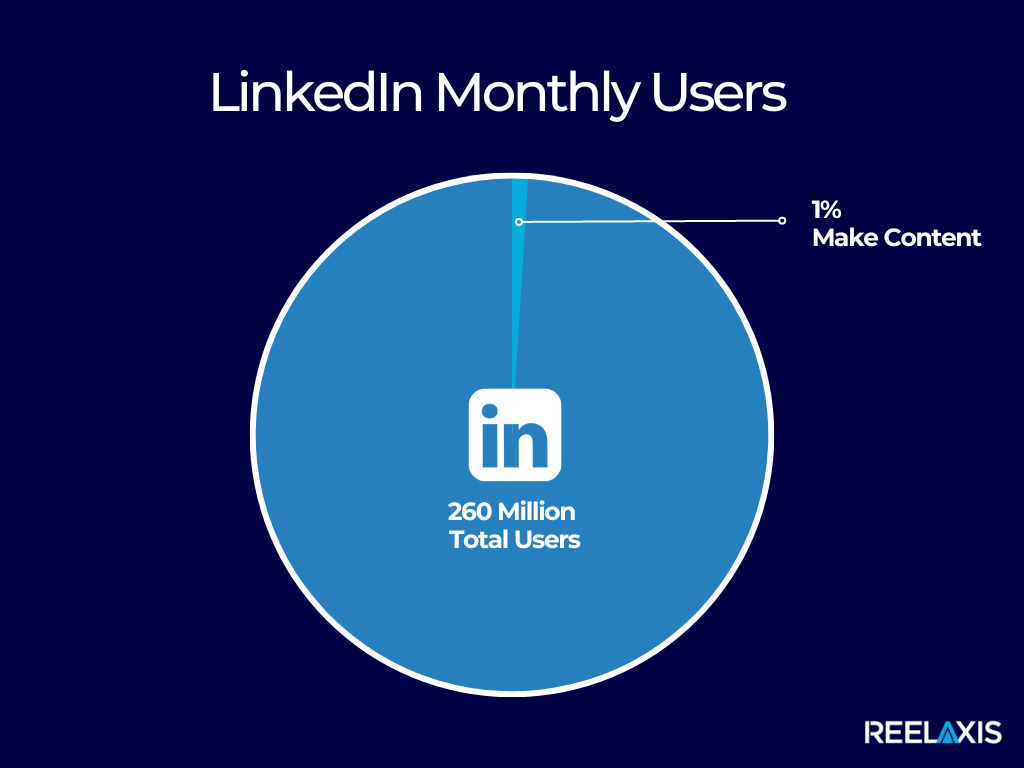
6) To get the best reach, post as an individual, not a company.
If you’re looking to maximize views and engagement on your videos, it’s generally best to post as an individual vs. under your company’s account.
People prefer to interact with people, not brands. We did extensive testing around this. We posted the exact same content to a company account and individual accounts. As well as similar content to both types of accounts. Each time the content on the individual account outperformed the company’s account by a mile.
More so, the platform’s algorithms tend to favor non-company content. This keeps their apps from becoming spammy. Which makes sense, right? If a high percentage of content is just businesses trying to sell you something, you’re not very likely to spend time on that platform.
7) Use the 3×3 hashtag method
We did a lot of testing around SEO-optimized keywords in post descriptions and hashtags. One formula that worked pretty well was the 3×3 hashtag method. It’s a simple way to increase in-platform SEO and make sure new people can find your videos.
Here’s how it works:
1) 1-3 hashtags about who the video is for
2) 1-3 hashtags on what the video is about
3) 1-3 hashtags on problem or pain point it solves
Let’s say we made a video sharing a cool new AI marketing tool that we found and have been using.
Here’s an example of the hashtags we might use.
1) Who your video is for: #marketers #digitalmarketers #marketingspecialists
2) What the video is about: #ai #artificialintelligence #aitools
3) Problem it solves: #savetime #bettermarketing #morerevenue
8) Custom content & repurposed content performed the same.
The main concern for a lot of companies thinking about starting to post short form videos comes down to time. It takes time to think of video ideas, write a script, film, edit, and post. And most marketing teams we know are already spread pretty thin.
We thought about this and designed a handful of experiments around it. For these experiments, we tested two types of videos:
1) Totally custom content that we wrote and shot for the sole purpose of posting to short form video platforms
2) Short clips cut out of our past webinar recordings that we repurposed for posting to short form video platforms
Our hypothesis was that type #1 would perform best. But, it turned out that there was not a significant difference in performance between the two types of videos. At the end of the day, good content was good content.
This is a potential solution for companies strapped for time. It’s much easier to cut out the most interesting clips from existing content compared to making 100% custom videos each time.
You could sit down with some colleagues and record your conversation for an hour. Then cut that session into clips and post those.
This is what we have started doing at Reel Axis and it’s saving us hours of work every week.
If you’ve made it this far — thanks! Since you’re here, would you mind telling us what you thought of this week’s newsletter?


